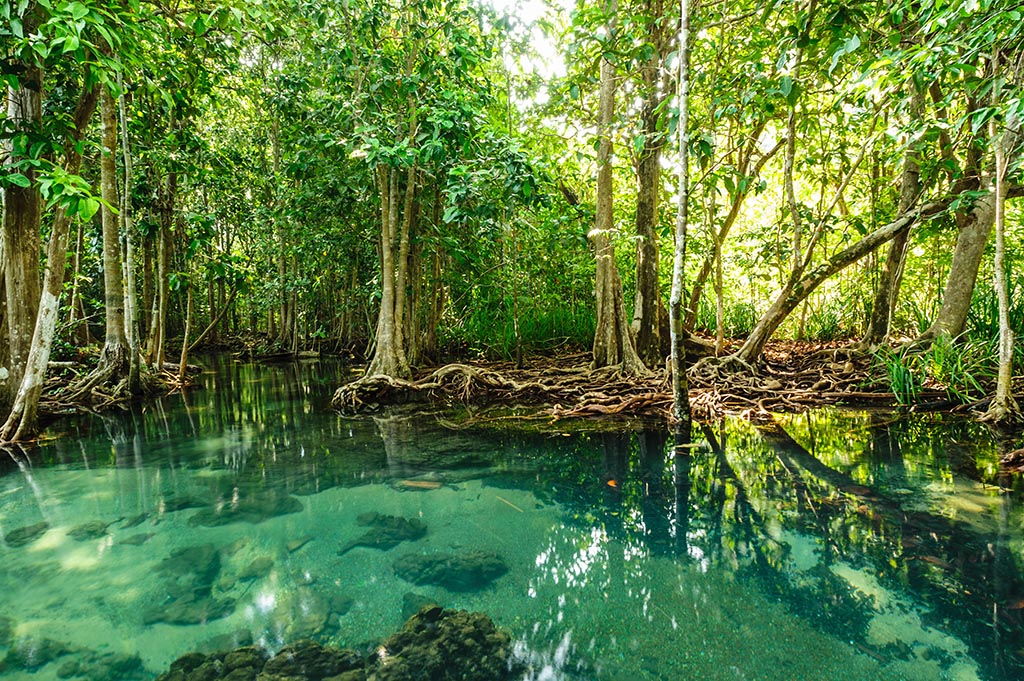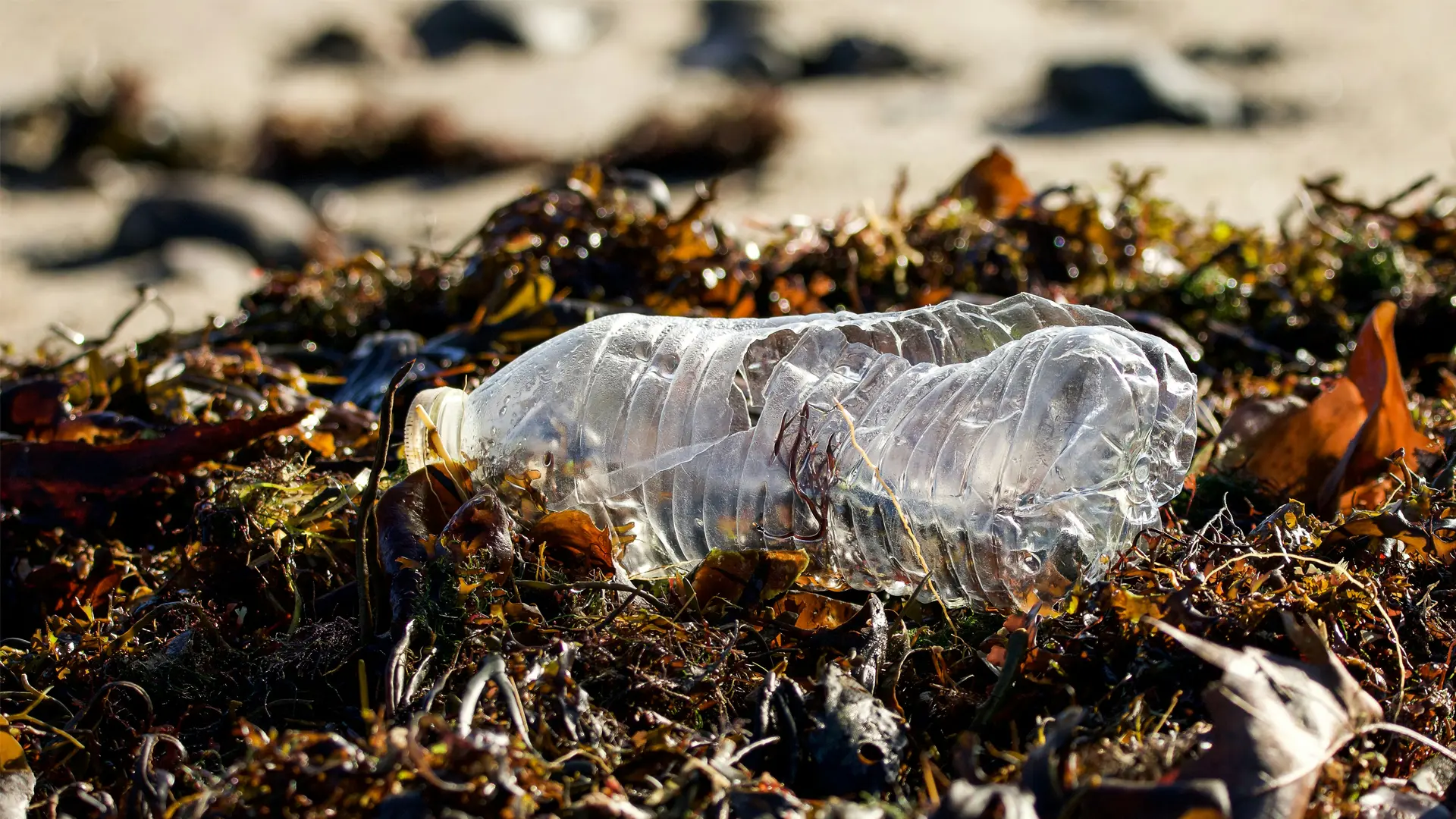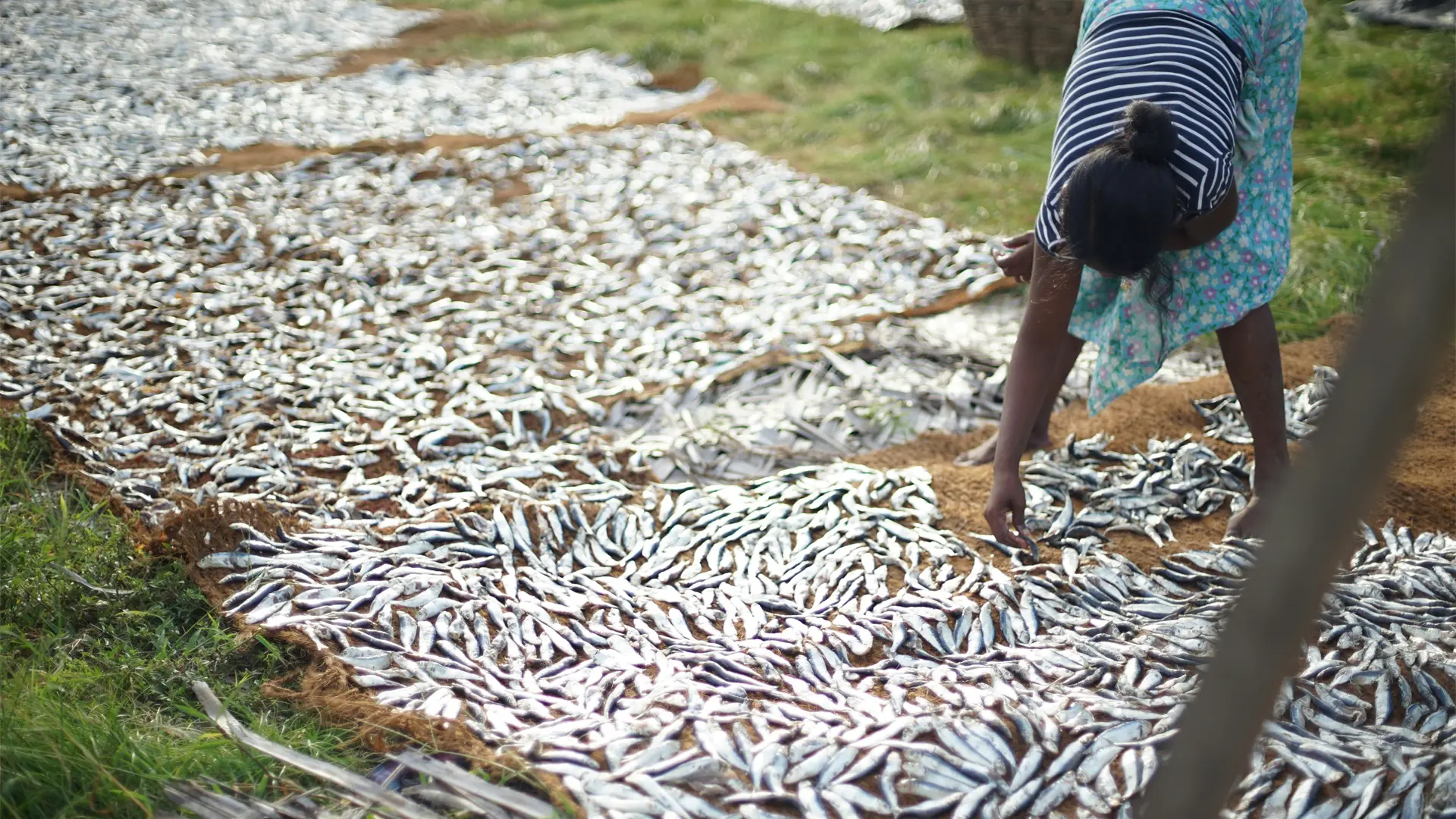
By Samangi Alawattegama
Mangroves are a type of coastal vegetation in the intertidal zone (the area where the ocean meets the land between high and low tides), which mainly consists of trees & shrubs. Mangroves are halophytes, which are plants that can tolerate intense salty conditions. They bear stilt roots and prop roots to withstand the wave action. They are structurally and functionally well-adapted to survive under intense sunlight and anaerobic soil conditions. There are over 100 different types of mangroves identified around the world, such as Rhizophora, Avicennia, Lumnitzera, Bruguiera, Sonneratia, etc. They are divided as ‘true mangroves’ & ‘mangrove associates’, while mangrove forests show a zonation depending on their tidal range (inundation). Mangroves form an important ecosystem, providing many ecosystem services and habitats for reptiles, shore and migratory birds, fish, crustaceans, and mollusk species.
The intricate root systems of mangroves entangle to act as a sink, trapping sediments coming with the wash-offs. This in turn improves water quality and clarity as well as creates a buffer zone between the land and the sea. The mangrove root system also prevents soil erosion through its tangling nature. They also help with the heavy metal balance in marine waters. The mangrove wood itself is a valuable source of timber & fuel for humans.

Photo by Jadwiga Figula
Mangroves are a shield of nature, specially designed to protect shorelines from storms, cyclones, and other ecological disasters by reducing the wave height, a great example being that the coastal areas with mangrove forests were less affected by the tsunami waves in the year 2004. Mangroves are also found to be more effective than manmade structures such as breakwaters.
Mangroves also have a higher carbon storage potential, which is found to be higher than tropical forests. The amount of Carbon dioxide absorbed, and oxygen released by a mangrove plant is higher compared to a normal plant.
The mangrove ecosystems are rich in biodiversity and form part of an ecosystem linked with coral reefs and seagrass beds. They harbor a variety of marine vertebrates & invertebrates and create superb breeding and nursing grounds for shrimps, crabs as well as fish such as barracuda and tarpon. The fish larvae are sheltered between the roots, protecting against predators until they reach maturity to swim back to the ocean. More than 3000 fish species are estimated to be found within mangrove ecosystems along with many endemic and endangered faunal species. The fruits and leaves falling off from mangrove trees are a good source of food for many aquatic animals too.

Image via Transco Travel
Mangrove ecosystems also play a wide role in aquaculture and tourism sectors, with their related attractions like boat tours, kayaking, boardwalks, and fishing.
However, the survival of these magnificent tropical coastal forests is threatened, and they are reducing at an alarming rate, due to clearing these areas for coastal development, tourism, as well as for shrimp farming to name a few. It is estimated that at least 35 percent of the world’s mangrove cover has been destroyed over the last decade. It is the responsibility of the users themselves to protect these invaluable ecosystems, by strictly imposing laws & regulations and promoting sustainable use of these magnificent protectors of the shoreline.
Cover image: Georgina Goodwin

Climate Change Impacts on Fisheries and Aquaculture in Sri Lanka
By Moira Alfred Sri Lanka, a tropical nation near the equator, is heavily reliant on its fisheries and aquaculture industry. However, this island, renowned as

The Plastic Journey: From Oceans to Plates – Unveiling the Invisible Threat
By Dilshani Maralanda Plastic pollution has become a serious global issue, transforming our beautiful, biodiversity-rich oceans into vast dumping grounds. Unlike natural materials, plastics are

The Unsung Heroines of Sri Lanka’s Coastal Fishing Communities
By Nadithi Jagoda When we picture Sri Lanka’s coastal fishing industry, images of fishermen hauling in their daily catch often come to mind. But behind
